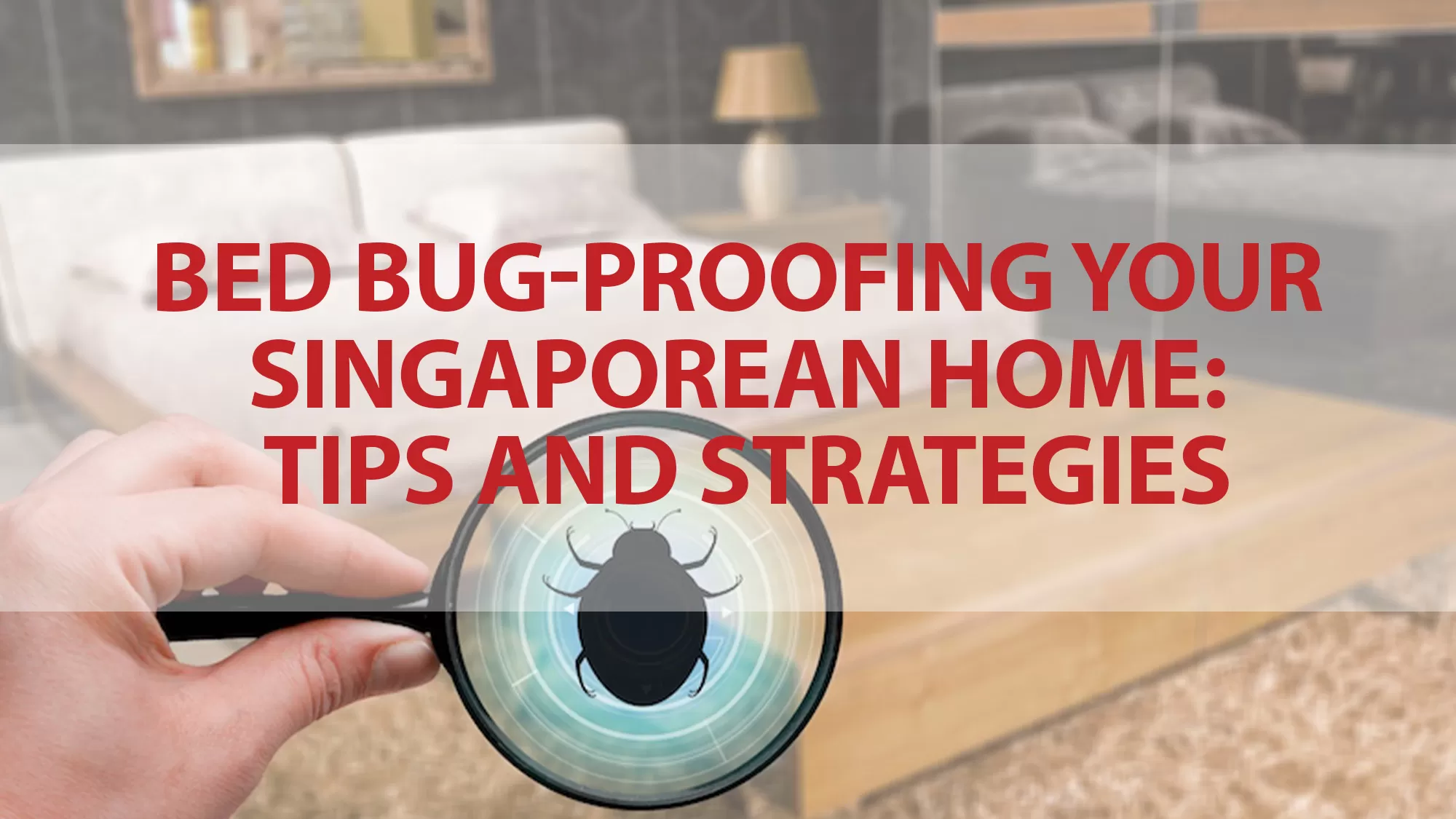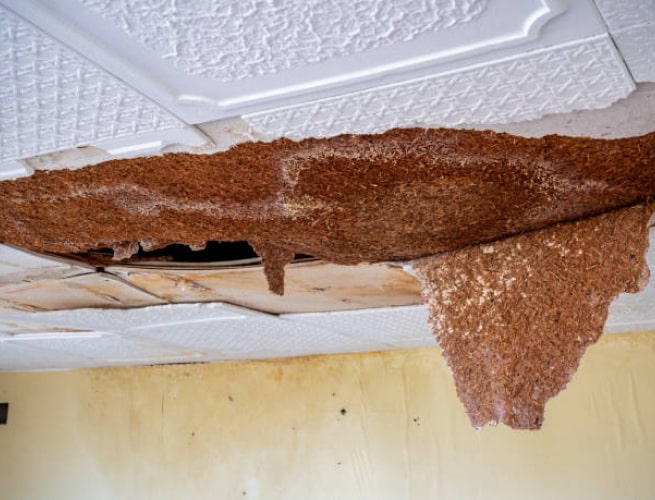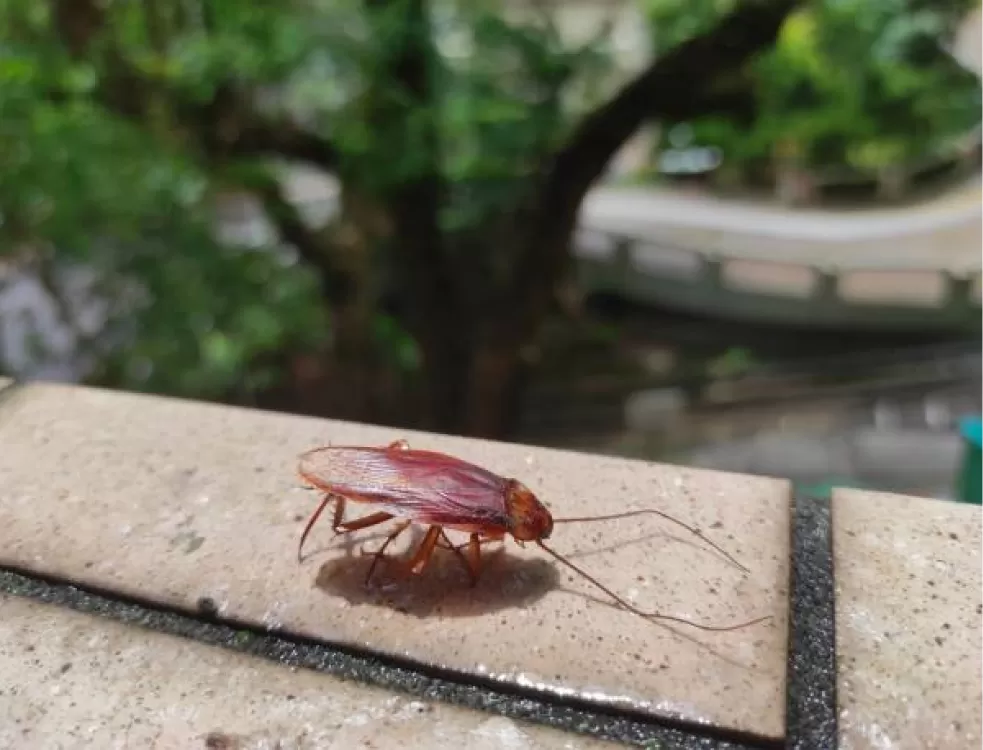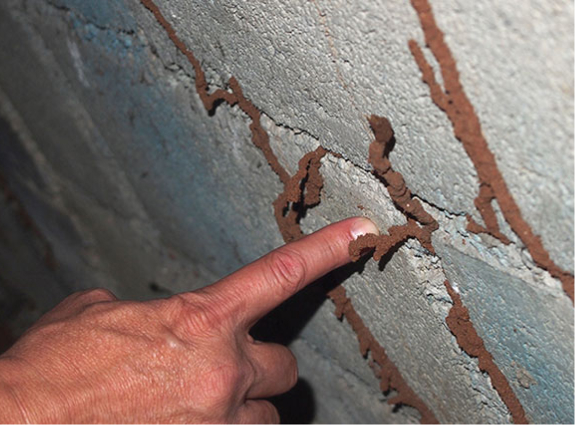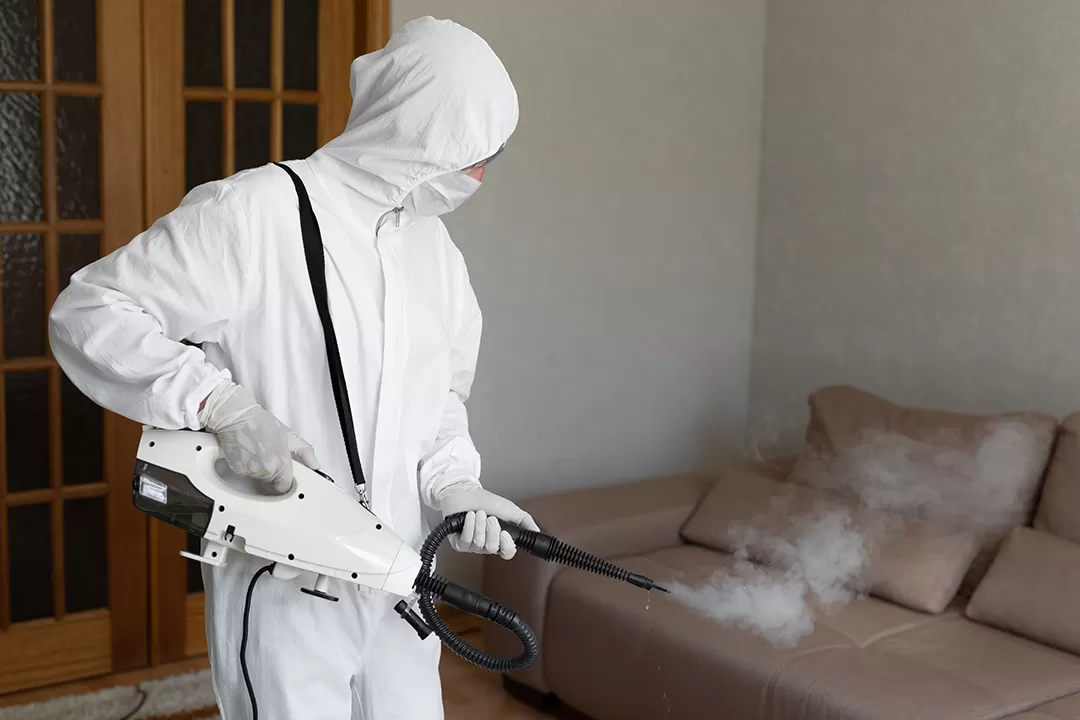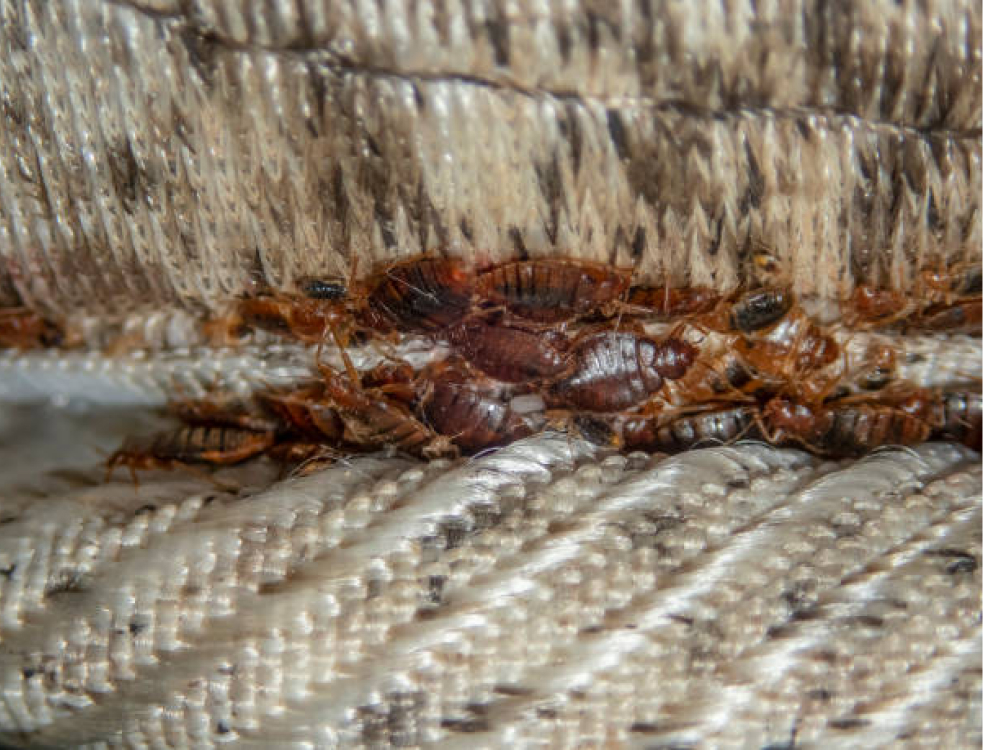Bed bugs are small, reddish-brown insects that feed on blood, usually at night. They belong to the genus Cimex and are about the size of an apple seed. Bed bugs are not known to spread disease, but their bites can cause various health problems, such as skin rashes, allergic reactions, psychological effects, and secondary infections, which makes bed bug-proofing your homes essential.
But where do bed bugs come from? Bed bugs can infest any place where there is big footfall of people, such as hotels, public transport, offices or dormitories. They can hide in mattresses, furniture, cracks, or luggage and might travel with you to your home. Bed bugs can be difficult to get rid of and may require professional pest control services. However, the best protection against bed bugs is to prevent an infestation in the first place. Here are some reliable tips and strategies that might help you do so.
Tips for Bed Bug-Proofing Your Homes
Take Precautions When Travelling
- Before booking a hotel, check online reviews and ratings for any reports of bed bug problems. Avoid places that have frequent or recent complaints.
- When you arrive at your hotel room, inspect the mattress, headboard, and luggage rack for any signs of bed bugs, such as live bugs, eggs, faecal stains, or blood spots. Use a flashlight or your phone’s camera to look in the seams, crevices, and folds of the bedding and furniture. If you find any evidence of bed bugs, ask for another room or change hotels.
- Keep your luggage away from the bed and other furniture. Use the luggage rack or place your bags in the bathtub or on a hard surface. Do not unpack your clothes into the drawers or closets.
- When you return home, do not bring your luggage into your bedroom. Unpack directly into a washing machine and wash your clothes using the hottest setting possible. Dry them on high heat for at least 30 minutes. Inspect your luggage carefully and vacuum it thoroughly before storing it away from your sleeping area.
Double-check Secondhand Furniture
- Bed bugs can hitchhike on boxes, used furniture, unclean bedding, and other items. Inspect these items carefully before bringing them into your home. Wash and dry any clothing or bedding at high temperatures to kill any bed bugs or eggs.
- Inspect any secondhand furniture carefully before buying it. Look for signs of bed bugs, such as live or dead bugs, eggs, faecal spots, blood stains, or shed skins. Use a flashlight and a magnifying glass to check hidden areas, such as seams, cracks, crevices, and folds.
- Ask the seller about the history of the furniture. Find out where it came from, how long they had it, and whether they had any problems with bed bugs or other pests. If possible, avoid buying furniture from places that are known to have bed bug infestations, such as hotels, motels, hostels, or shelters.
- Transport the furniture safely to your home. Wrap it in plastic bags or sheets to prevent any bed bugs from escaping or spreading to your vehicle or other items. Dispose of the wrapping materials in a sealed garbage bag as soon as you reach your destination.
- Treat the furniture before bringing it into your home. You can use heat, cold, steam, or pesticides to kill any bed bug that may be hiding in the furniture. Follow the instructions and safety precautions for each method carefully. You may also want to hire a professional pest control company to do the job for you.
- Monitor the furniture and your home for any signs of bed bugs after bringing it in. Use sticky traps, interceptors, or encasements to detect and prevent bed bugs from moving around or biting you. Check the furniture and your bedding regularly for any signs of bed bug activity. If you find any evidence of bed bugs, act quickly to eliminate them before they multiply and spread.
Use Protective Covers
- Protective covers are great for bed bug-proofing your house. They have specially designed encasements that fit snugly over your mattress, box spring, and pillows. They are made of durable materials that are resistant to tearing and puncturing. They have tight zippers that seal the edges and prevent bed bugs from entering or escaping.
- Protective covers can trap any existing bed bug inside and starve them to death. They can also prevent new bed bugs from infesting your bedding. They are easy to install and maintain. You just need to wash them regularly in hot water and dry them on high heat.
- Protective covers are a smart investment for anyone who wants to prevent bed bug problems. They can save you money and hassle in the long run by avoiding the need for professional pest control services or replacing your bedding. They can also give you peace of mind and comfort by ensuring that your sleeping area is free of bed bugs.
Vacuum Your Home Frequently
- Use a vacuum cleaner with a powerful suction and a disposable bag. A bagless vacuum may not be able to contain the bed bugs and could spread them to other areas.
- For thorough bed bug-proofing, vacuum all surfaces and items that may harbour bed bugs, such as mattresses, box springs, bed frames, headboards, footboards, nightstands, dressers, drawers, closets, baseboards, carpets, rugs, curtains, upholstered furniture, etc. Pay special attention to seams, folds, crevices, and corners where bed bugs like to hide.
- Dispose of the vacuum bag immediately after vacuuming. Seal it in a plastic bag and throw it away in an outdoor trash can. Do not reuse the bag or store it inside your home.
- Clean the vacuum cleaner thoroughly after each use. Wipe the exterior with a damp cloth and disinfectant. Remove and wash any attachments or filters. If possible, store the vacuum cleaner in a sealed plastic bag or container when not in use.
- Repeat the vacuuming process at least once a week or more often if you suspect a bed bug infestation. Vacuuming alone may not eliminate all bed bugs, so you should also use other methods of prevention and control, such as heat treatment, steam cleaning, laundering, freezing, or professional pest management services.
Get Rid of Clutter
- Start with the areas where you sleep or rest, such as your bedroom, living room, or couch. These are the most likely places for bed bugs to be found.
- Remove any unnecessary items from your bed, such as pillows, blankets, stuffed animals, or books. Wash and dry them on high heat or seal them in plastic bags for at least two weeks.
- Vacuum your mattress, box spring, bed frame, headboard, and any other furniture near your bed. Dispose of the vacuum bag or empty the canister outside.
- Get rid of any items that you don’t use or need, such as clothes, shoes, papers, magazines, or knick-knacks. Donate, sell, recycle, or trash them as appropriate.
- Organize the items that you want to keep in sealed containers, bags, or boxes. Label them clearly and store them away from your bed or other furniture.
- Repeat the process for other rooms in your house, especially those that have carpeting, upholstery, or curtains. Pay attention to cracks, crevices, and corners where bed bugs can hide.
- Regularly inspect your home for signs of bed bugs, such as live or dead bugs, eggs, shells, faecal spots, or blood stains. If you find any evidence of bed bugs, contact a professional pest control service as soon as possible.
Conclusion
In conclusion, preventing and managing bed bug infestations in your Singaporean home requires a proactive and thorough approach. By incorporating the tips and strategies mentioned above into your routine, you can significantly reduce the risk of bed bug encounters and ensure a comfortable and pest-free living environment.
A combination of the above-mentioned preventive measures can go a long way in bed bug-proofing your homes. By staying proactive and taking prompt action if any signs of infestation are detected, you can enjoy a peaceful and bed bug-free living space in Singapore. If needed, don’t hesitate to seek professional pest control services to address any persistent or extensive bed bug issues. With these strategies in place, you can sleep soundly knowing that you’ve taken the necessary steps to bed bug-proof your home.

